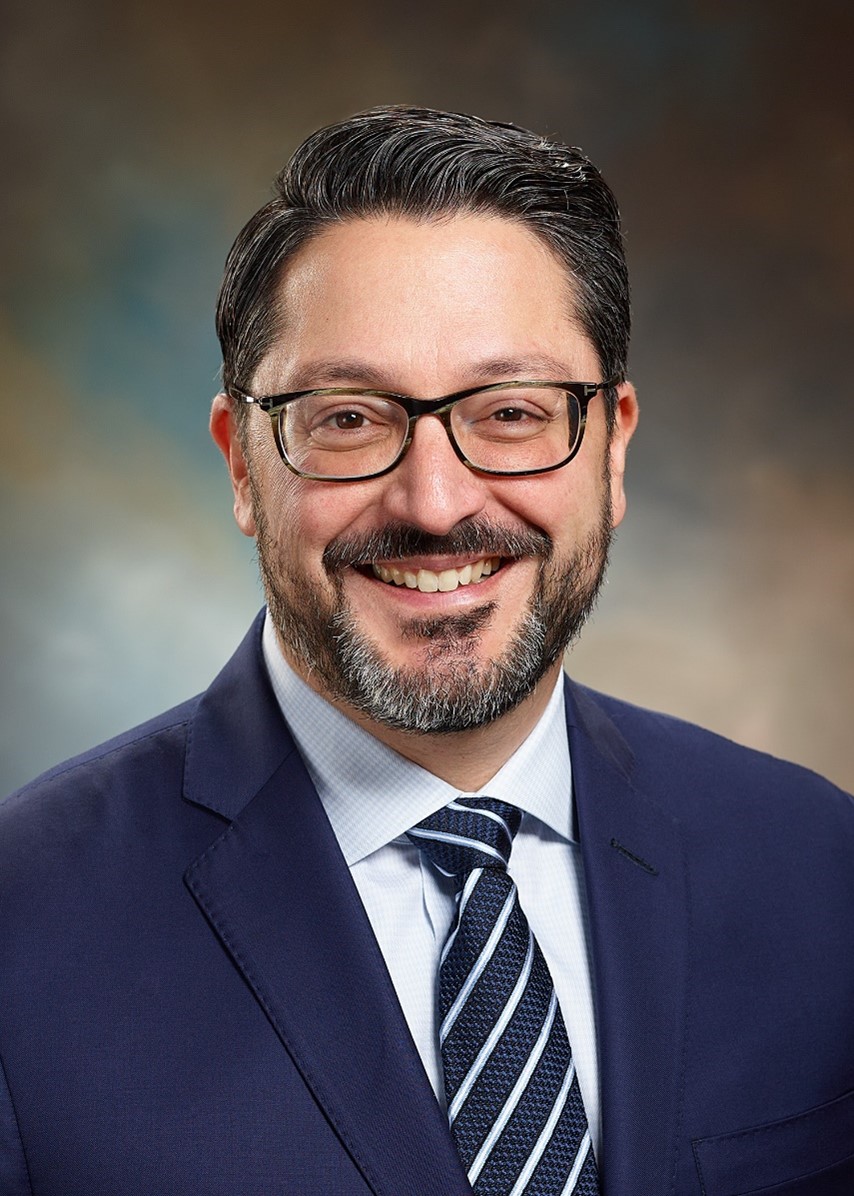The W.K. Kellogg Foundation Investment Office (KFIO) is intensifying its focus on alternative managers, putting emphasis on the selection process beyond on track record but also on mindset, structure, and peer group.
The KFIO team was honored with a New Strategy Award at Markets Group’s Michigan Institutional Forum on June 3rd 2025. KFIO was nominated for this award by its industry peers and is lauded for its exceptional performance: over the last one, three and five years the foundation has ranked among the top five percentile for risk-adjusted performance among foundations with more than $1B in assets.
Armed with a unique bias-reducing framework and a revamped investment office, the foundation is targeting overlooked corners of the market where traditional capital is thinning and unconventional managers are gaining ground.
“We’ve allocated to a couple key partners,” said Neal Graziano, managing director of private investments, in an exclusive conversation with Christine Giordano, the editor-in-chief at Markets Group during the Michigan Institutional Forum. “And really what it is, is that growth equity — where you think of a handoff between venture capital to private equity — it’s not growing fast enough for venture capital, and there’s this mismatch of capital right now.”
The foundation has deployed capital to firms stepping in to take over growth-stage companies with annual revenue increases in the low double digits — firms growing too slowly for VCs but not yet mature enough for private equity buyers. According to Graziano, these companies fall outside the sweet spot for traditional venture capital and aren’t yet mature enough for conventional buyout firms — creating a structural inefficiency the foundation is actively exploiting.
If the pending Mars Inc. acquisition of Kellanova closes, the foundation Trust’s shares will be redeemed for cash and reinvested in a diversified allocation, said Graziano. While the majority will flow into the liquid portfolio — including public equities, hedge funds — and be evenly split between the three buckets, private equity remains a focus area where the foundation is building with intention, he added.
That intention is backed by structural changes within the investment office, which Carlos Rangel, the chief investment officer at the foundation, has led for the past four and a half years. “Our team was previously focused on being a generalist-oriented team where everybody covered every asset class,” he said to Giordano during the Michigan Institutional Forum. “The recognition was that we had a level of expertise on the team where we could have a higher level of autonomy for some of our senior decision-makers.”
While the team still looks at every investment together, each asset class now has “dedicated specialist coverage full time,” said the CIO. “That allowed us to have that goal, to be the first phone call when there’s a spinout, when there’s a new investment opportunity.”
Rangel credited the hybrid model — asset-class specialists combined with generalist-style decision-making—with driving outperformance. “We believe [it’s led to] an increase in our performance returns because of that lens of specialization when it comes to expertise, but also a generalist model when it comes to the decision-making. We are operating at a slightly higher operational pace because we want to make sure that we’re turning over every rock to evaluate every investment possible.”
He added that every investment competes for capital and the portfolio is continuously rebalanced to reflect where the opportunity set is moving.
He pointed to energy transition and undervalued assets as areas flagged by managers. “If most of our managers are telling us that there’s a compelling opportunity in energy transition, or there’s an undervaluation of certain assets, we want to make sure that we make the most of that,” said Rangel. “On the other hand, if most of our managers are telling us to be careful about specific investments, we also want to make sure that we underweight those within the portfolio as much as possible.”
That responsiveness is embedded in the foundation’s evolving investment framework. Reginald Sanders, the foundation’s managing director of hedge funds and fixed income, has implemented a bias-reducing framework to help the team uncover blind spots and evaluate each investment over 20 lenses. “It’s focused on making sure that there aren’t any unwarranted biases in the investment portfolios that we manage,” said Sanders.
One recent addition to the evaluation is peer group (or age), “One of our interns saw [what] was missing was an age component,” said Sanders. “That was a new investment cognitive diversity lens that we added to the framework that has been helpful.”
Sanders emphasized that the bias-reducing framework helps to better see when a set of distinctive experiences and a differentiated mindset stands out in manager evaluations. “If a manager has a unique mindset formed from a set of experiences that are difficult to replicate by its competitors, no matter how talented and well-resourced they are, then that can lead to a sustainable competitive advantage in repeatably generating material alpha long-term.”
In terms of what’s working, Sanders pointed to a few key strategies. “Year-to-date have been our quant managers, regardless of whether it’s quantamental, priors-based, stat arb, or generative [artificial intelligence] across all our areas that we invest. That’s been working well,” he said. “Discretionary global macro has been working well. Fundamental equity market neutral has been working well.”
What hasn’t: Trend-following, given the volatility and the number of market reversals, and reinsurance, following losses tied to the LA fires, said Sanders.
But even underperformance can signal future value. “Our absolute return carbon credit manager — carbon credits — haven’t been working as well, but we actually think that that’s a great opportunity,” Sanders continued. “That’s something that, particularly on the carbon credit side, . . . that’s an opportunity that we’re looking at right now.”













